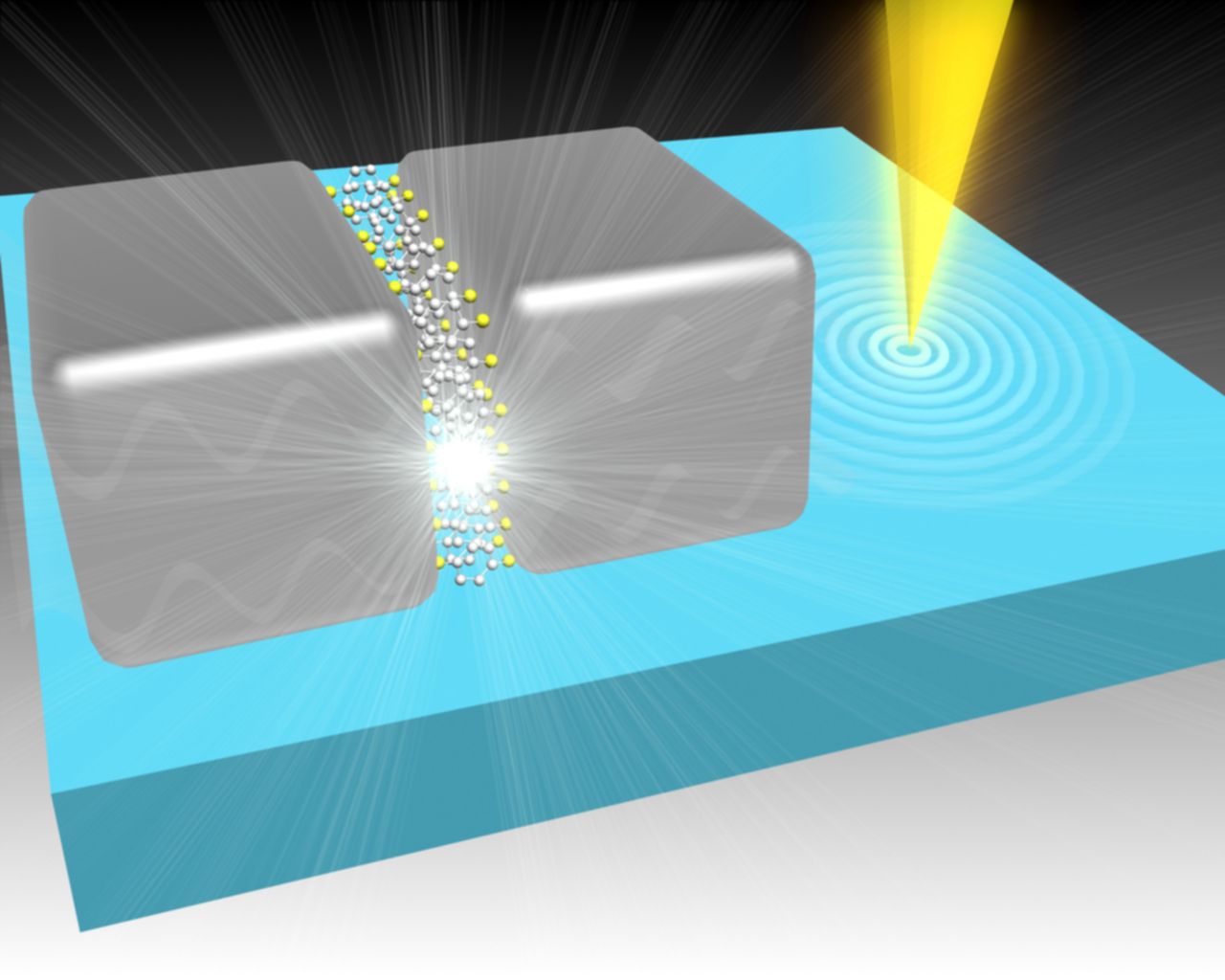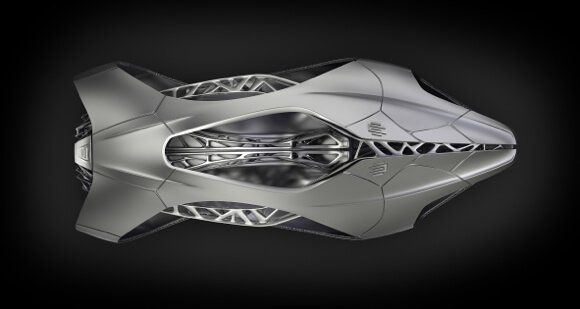Mary Thompson — CNBC
Read more
Page 11904
Apr 17, 2014
“Facebook and the Future of Global Governance” (by Emanuel Pastreich)
Posted by Emanuel Yi Pastreich in categories: government, human trajectories
“Facebook and the Future of Global Governance”
Truthout
April 3, 2014
Emanuel Pastreich
Continue reading “‘Facebook and the Future of Global Governance’ (by Emanuel Pastreich)” »
Apr 17, 2014
Jeremy Kasdin: The flower-shaped starshade that might help us detect Earth-like planets
Posted by Seb in categories: alien life, astronomy
 TED
TED
Matthew de Paula - Popular Science
Welcome to the Speed Lab, where Popular Science explores the most important disruptive technology in the world of cars and transportation.
We want to start by setting something straight: “Speed” for our purposes doesn’t just stand for acceleration or how fast a vehicle can go—although we certainly relish testing those limits. It’s about the rapid pace at which the automotive industry is reinventing itself. After decades of slow, steady improvements, we’re now in an age of dramatic change.
In the next year alone, we can expect great leaps in autonomy and fuel economy. Honda, Hyundai, Toyota, and others are in a race to put hydrogen-powered fuel-cell vehicles on the road by 2015—or even sooner, in Hyundai's case. (I tested Toyota’s prototype late last year in Tokyo, and let me tell you, it was a blast to drive.) Meanwhile, Mercedes-Benz and Nissan aim to offer autonomous-driving vehicles by 2020.
Apr 17, 2014
The Secretive, Chinese Tech Giant That Can Rival Facebook and Amazon
Posted by Seb in categories: business, internet
Dorinda Elliott — Fast Company

China’s most powerful Internet company is headquartered in a bland, glassy tower in southern Shenzhen. Unlike Silicon Valley’s funky campuses, there is nothing to reveal that this might be a hub of creativity. An insurance company, perhaps? In the middle of its nondescript, corporate lobby, an information desk stands next to the only sign of personality: a pair of giant plush penguins, the Tencent mascot times two. Nearby, an iPad displays stats on the company’s messaging services. But when I pull out a notebook and start jotting down the numbers, the receptionist waves her hand. “Oh no, that’s not updated!” she says. “It’s just for show.”
I’m here for a “tour” of the company, but am only allowed entrance to a museum-like exhibit of Tencent products. The experience feels like a throwback to the tightly controlled Communist Party–sponsored trips reporters went on back in the 1980s, before the country really started opening up to the outside world. An attractive, young, fluent English speaker shuffles me from one screen to another. The three other public relations officers with me offer no analysis of the firm, saying they will get back to me on any questions I have. I ask about the management style of the somewhat mysterious CEO, Pony Ma, and there is an awkward pause. Then the guide brightly tells me: “It’s very equal here. We all call him Pony!”
And that’s the tour.
Apr 15, 2014
A low-cost vehicle that gets 84 miles per gallon
Posted by Seb in categories: energy, engineering, transportation
Tyler Falk — Smart Planet
Elio Motors has designed a three-wheeled vehicle that gets 84 miles per gallon. And with an eight-gallon tank it can get more than 670 miles in one fill up. The car’s price tag: $6,800.
“We’re not just creating a new vehicle,” Elio said in a press release announcing that more than 10,000 people have already reserved the vehicle. “We’re creating an entirely new industry segment that appeals to people who want a low-cost, highly efficient mode of transportation, but still want to own a unique vehicle that will turn some heads. The Elio gives people the best of both worlds.”
Apr 15, 2014
Nanoelectronic circuits that operate more than 10,000 times faster than current microprocessors
Posted by Seb in categories: computing, engineering, nanotechnology
Kurweil AI
 Circuits that can operate at frequencies up to 245 terahertz — tens of thousands times faster than today’s state-of-the-art microprocessors — have been designed and fabricated by researchers at National University of Singapore and Agency for Science, Technology and Research (A*STAR).
Circuits that can operate at frequencies up to 245 terahertz — tens of thousands times faster than today’s state-of-the-art microprocessors — have been designed and fabricated by researchers at National University of Singapore and Agency for Science, Technology and Research (A*STAR).
The new circuits can potentially be used to construct ultra-fast computers or single-molecule detectors in the future, and open up new possibilities in nanoelectronic devices. For example, by changing the molecules in the molecular electronic device, the frequency of the circuits can be altered over hundreds of terahertz.
The invention uses a new physical process called “quantum plasmonic tunneling.” Plasmons are collective, ultra-fast oscillations of electrons that can be manipulated by light at the nanoscale.
Apr 15, 2014
Asian air pollution strengthens Pacific storms
Posted by Seb in categories: climatology, environmental
Rebecca Morelle — BBC News

Researchers have found that pollutants are strengthening storms above the Pacific Ocean, which feeds into weather systems in other parts of the world.
The effect was most pronounced during the winter.
The study is published in the Proceedings of the National Academy of Sciences (PNAS).
Lead author Yuan Wang, from the Jet Propulsion Laboratory at the California Institute of Technology, said: “The effects are quite dramatic. The pollution results in thicker and taller clouds and heavier precipitation.”
Jason Dorrier — Singularity Hub

German auto firm, EDAG, made a stir at this year’s Geneva Motor Show with a fully 3D printed auto body called Genesis. And why not? Its smooth grey curves and futuristic honeycomb ooze sex appeal. And did we mention 3D printed cars?
EDAG aids major carmakers in design and production, and they’re no stranger to the 11-day Geneva Motor Show, a mecca where over 600,000 car enthusiasts come to ogle the best cars of today and glimpse a few visions of tomorrow.
3D printing, of course, falls squarely into the second category. EDAG thinks additive manufacturing has the power to improve the entire carmaking process from design to production—and Genesis is meant to embody that potential.
Apr 13, 2014
The Explosive Evolution That Took Rocket Cars and Trains to Space Flight
Posted by Seb in categories: engineering, space travel
Amy Shira Teitel — Motherboard
One night in the spring of 1914, what appeared to be an impossibly large comet whizzed through the skies over Innsbruck, the capital city of Tyrol in western Austria. It terrified the locals; it was too big and too low in the sky to be something as innocent and ordinary as an actual comet or a planet. It turned out to be something equally innocuous, however alien: a rocket-powered model airplane. Nineteen-year-old high school student Max Valier had launched his model with a firecracker as its engine. It was the first in a series of rocket-powered vehicles he would test in his short lifetime, all in the hope of eventually seeing rockets carry men into space.









